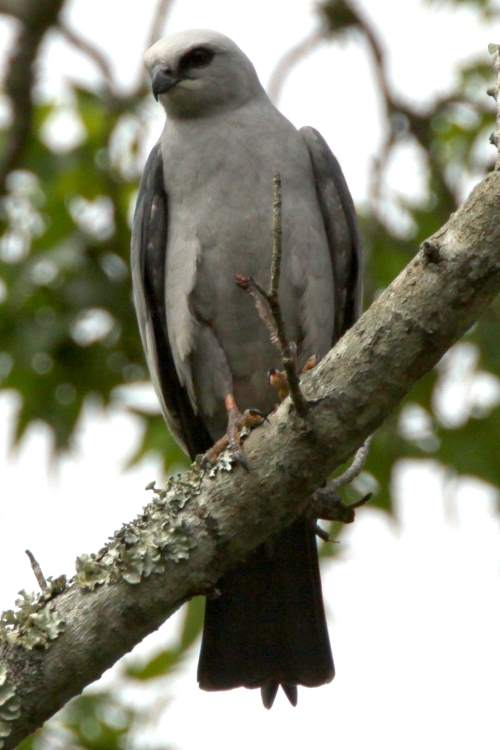

Parent kites watching their young one as the latter tries to fly. So black kites chasing crows is a rather common sight during winter. During their mating season, the crows harass black kites by pecking them. After a black kite eats its prey and flies away, the crows eat the residue of such prey. Apart from this, black kite’s kills are also a blessing for crows. The crows watch when the eggs are laid, the chicks hatch and often prey on them.

Due to the large size of the nest and the black kite itself, it comes into the sight of the crows. The eggs and hatchlings of a black kite are at risk because of crows. They build the nest, hatch the eggs, bring food, and take turns to keep a watch on the nest. Males and females both participate equally in parenting. To build a strong nest, a black kite uses large and thick twigs, strings, pieces of clothes, hays, etc. Hatchlings also stay for about 45 days in the nest.

Because the bird itself is big in shape, it needs a big and strong nest to hatch the eggs. They build their nest on a tree at a height from where three-four thick branches are emerging. This period is shorter as compared to other birds. Once they choose their partners, the male strolls for a few minutes to where the female is, and then both mate. It is quite amazing to watch such a display which involves lots of acrobatics. They call each other loudly, lock their talons, and fall freely, spinning or tumbling or cartwheeling from a height. Many times, an aerial courtship display, called talon-grappling, is performed by black kites (both males and females) to attract the partner. One such site is the Ahmedabad University campus where one can find around 150 black kites roosting together in the evenings. It was originally banded in Kansas in 1984.Black kites prefer sunny hot places and, therefore, are found more in dry hot places like Ahmedabad and Delhi. The oldest Mississippi Kite on record was at least 11 years, 2 months old when it was found in Texas in 1995.The pair usually accepts the help, but sometimes chases the yearling away. A 1-year-old kite will often hang around the nest of a breeding pair and may help with defending the nest, incubating the eggs, or even brooding the chicks.Smaller bird species-such as Northern Mockingbirds, Blue Jays, and House Sparrows-may nest near or on kite nests, usually coexisting peacefully with the kites. The kite’s nest may be located next to (or even contain) a wasp nest, which probably helps protect the chicks against climbing predators.At 25-30 days of age they start moving from the nest to nearby tree limbs and back, and they leap into flight several days later. Nestlings preen each other, arrange nesting material together, and show very little aggression toward their siblings-unusual traits for raptor chicks.When they nest in city parks and golf courses it can be problematic since the kites tend to dive-bomb people who come too close to their nests. Mississippi Kites have increased in the western part of their range thanks to recent changes in the landscape, such as shelterbelts planted by farmers and ranchers.Eastern birds are less abundant, breed in old-growth forest, and are less likely to nest in colonies. Western birds usually nest colonially in small woodlands on the prairie, where they can be locally abundant. Mississippi Kites in the Southeast lead a different life from kites in prairie states to the west.


 0 kommentar(er)
0 kommentar(er)
